Marc Chagall, Bestiaire et Musique, 1969, Oil, wax crayon and India ink on canvas, 140.2 x 155.5 cm
Marc Chagall, Bestiaire et Musique, 1969, Oil, wax crayon and India ink on canvas, 140.2 x 155.5 cm
Contact for price
Availability
AvailableFor this article we offer free express shipping throughout Europe
ALSO AVAILABLE ON 

The fantastic work, as well as museum-worthy and of undisputed historical-artistic value, proposed by us by Marc Chagall is a nocturnal scene of dances and revelry, animals, musicians, lovers and floating figures, "Bestiaire et Musique" from 1969 immerses the viewer in the fantastic and dreamlike world of the great Master.
Layer after layer of detail unfolds in this large-scale, richly textured, and exuberantly coloured work.
Like the hazy realm of memory, or the flickering, fast moving images of a film, the painting is particularly notable for its intensity of colour.
Setting the scene at night, Chagall used deep blue and black tones which make the brighter yellows, reds, greens and blues dazzle and gleam, as if light is shining through a stained glass window into the night sky.
With his various experiments with different media – including stained glass windows and ceramics – Chagall developed a new understanding of the potentials and power of colour at this time.
It was in the 1960s and 1970s, using the lessons he had learned while working in glass, that colour became an essential element in Chagall’s work in its own right, achieving its full radiance and plenitude in his paintings of this time, particularly in works such as Bestiaire et musique.
Here, the interplay between the enigmatic nocturnal hues that suffuse much of the surface and the incandescent bursts of yellow, red, and emerald greens echo the unique colour combinations and intense luminosity that marked many of Chagall’s projects in stained glass.
The artist further accentuated the chromatic power of the pigment through the rich textures of his paint surface, building this frenzied, highly detailed scene with layer upon layer of vibrant colour, applied with oil paint, as well as wax crayon and India ink.
In this way, he created a novel visual drama that captures the eye and draws the viewer into the heady world of his imagination.
In addition to his pioneering stained glass windows, in the 1950s, Chagall had also become interested in ceramics.
After settling in the south of France in 1949, he began to experiment with this medium, often modelling the clay himself, before painting the pieces with his own distinctive style. The incised lines and luminous unmixed hues in the present work reflect the techniques that the artist had employed in his ceramic making.
Embracing a variety of these different style and techniques, in the late 1960s, Chagall continually pushed the boundaries of his art making. As a result, his painting remained at the forefront of the avant-garde, sharing a number of preoccupations with contemporary art of this period. As Jackie Wullschlager has written, these works ‘demonstrate Chagall’s ability to respond to abstraction, to the fragmentation of the image, and to the disintegration of fixed disciplines that were the characteristics of art in the 1960s’ (Chagall: Love and Exile, London, 2008, p. 509).
"Bestiaire et Musique" was chosen by the artist to be shown in his landmark 1977 exhibition, "Marc Chagall, Peintures récentes 1967-1977", held in the hallowed galleries of the Musée du Louvre, Paris.
Held in honour of the artist’s 90th birthday, this show featured predominantly works from the artist’s own collection, thereby providing audiences the opportunity to regard the Master’s latest work for the first time.
The artwork is accompanied by the official certificate of the "Marc Chagall Committee".
Artist: Marc Chagall (1887-1985)
Title: Bestiaire et Musique
Year: 1969
Medium/Material: Oil, wax crayon and India ink on canvas
Size in cm: 140.2 x 155.5 (only the artwork) - 150 x 165 x 5 (including the frame)
Signatures, trademarks, origin: Hand-signed by the artist on the back
Condition: Very good, two small restorations on the back
Exhibitions and Publications:
- Tokyo, Musée National d'Art Moderne, Marc Chagall, August - September 1976, no. 39, n.p. (illustrated n.p.); this exhibition later travelled to Kyoto, Musée Municipal, September - October 1976; Nagoya, Musée Préfectoral d'Aichi, November 1976; and Kumamoto, Musée Prefectoral, November - December 1976.
- Paris, Musée du Louvre, Marc Chagall, Peintures récentes 1967-1977, October 1977 - January 1978, no. 12, n.p. (illustrated n.p.).
- Saint-Paul de Vence, Fondation Maeght, L'oeuvre ultime de Cezanne à Dubuffet, July October 1989, no. 43, pp. 108 (illustrated p. 109).
ATTENTION: The price indicated is inclusive of all taxes (also VAT) and customs duties, if reported also shipping, only for customers residing in EEC / European Union countries.
For shipments to all other areas of the world (Extra EEC / Extra European Union countries), some taxes and customs costs may be applied by the country of destination.
Please contact us for more information.
Layer after layer of detail unfolds in this large-scale, richly textured, and exuberantly coloured work.
Like the hazy realm of memory, or the flickering, fast moving images of a film, the painting is particularly notable for its intensity of colour.
Setting the scene at night, Chagall used deep blue and black tones which make the brighter yellows, reds, greens and blues dazzle and gleam, as if light is shining through a stained glass window into the night sky.
With his various experiments with different media – including stained glass windows and ceramics – Chagall developed a new understanding of the potentials and power of colour at this time.
It was in the 1960s and 1970s, using the lessons he had learned while working in glass, that colour became an essential element in Chagall’s work in its own right, achieving its full radiance and plenitude in his paintings of this time, particularly in works such as Bestiaire et musique.
Here, the interplay between the enigmatic nocturnal hues that suffuse much of the surface and the incandescent bursts of yellow, red, and emerald greens echo the unique colour combinations and intense luminosity that marked many of Chagall’s projects in stained glass.
The artist further accentuated the chromatic power of the pigment through the rich textures of his paint surface, building this frenzied, highly detailed scene with layer upon layer of vibrant colour, applied with oil paint, as well as wax crayon and India ink.
In this way, he created a novel visual drama that captures the eye and draws the viewer into the heady world of his imagination.
In addition to his pioneering stained glass windows, in the 1950s, Chagall had also become interested in ceramics.
After settling in the south of France in 1949, he began to experiment with this medium, often modelling the clay himself, before painting the pieces with his own distinctive style. The incised lines and luminous unmixed hues in the present work reflect the techniques that the artist had employed in his ceramic making.
Embracing a variety of these different style and techniques, in the late 1960s, Chagall continually pushed the boundaries of his art making. As a result, his painting remained at the forefront of the avant-garde, sharing a number of preoccupations with contemporary art of this period. As Jackie Wullschlager has written, these works ‘demonstrate Chagall’s ability to respond to abstraction, to the fragmentation of the image, and to the disintegration of fixed disciplines that were the characteristics of art in the 1960s’ (Chagall: Love and Exile, London, 2008, p. 509).
"Bestiaire et Musique" was chosen by the artist to be shown in his landmark 1977 exhibition, "Marc Chagall, Peintures récentes 1967-1977", held in the hallowed galleries of the Musée du Louvre, Paris.
Held in honour of the artist’s 90th birthday, this show featured predominantly works from the artist’s own collection, thereby providing audiences the opportunity to regard the Master’s latest work for the first time.
The artwork is accompanied by the official certificate of the "Marc Chagall Committee".
Artist: Marc Chagall (1887-1985)
Title: Bestiaire et Musique
Year: 1969
Medium/Material: Oil, wax crayon and India ink on canvas
Size in cm: 140.2 x 155.5 (only the artwork) - 150 x 165 x 5 (including the frame)
Signatures, trademarks, origin: Hand-signed by the artist on the back
Condition: Very good, two small restorations on the back
Exhibitions and Publications:
- Tokyo, Musée National d'Art Moderne, Marc Chagall, August - September 1976, no. 39, n.p. (illustrated n.p.); this exhibition later travelled to Kyoto, Musée Municipal, September - October 1976; Nagoya, Musée Préfectoral d'Aichi, November 1976; and Kumamoto, Musée Prefectoral, November - December 1976.
- Paris, Musée du Louvre, Marc Chagall, Peintures récentes 1967-1977, October 1977 - January 1978, no. 12, n.p. (illustrated n.p.).
- Saint-Paul de Vence, Fondation Maeght, L'oeuvre ultime de Cezanne à Dubuffet, July October 1989, no. 43, pp. 108 (illustrated p. 109).
ATTENTION: The price indicated is inclusive of all taxes (also VAT) and customs duties, if reported also shipping, only for customers residing in EEC / European Union countries.
For shipments to all other areas of the world (Extra EEC / Extra European Union countries), some taxes and customs costs may be applied by the country of destination.
Please contact us for more information.
At La maison de la petite Sara we check every item that we propose to you, to insure the authenticity and the legal provenance.
You can shop at La maison de la petite Sara with complete serenity and confidence.
You can shop at La maison de la petite Sara with complete serenity and confidence.
CUSTOMERS WHO HAVE SEEN THIS ARTICLE HAVE ALSO SEEN
Contact for price
Free Shipping
Contact for price
Free Shipping
Contact for price
Free Shipping
Contact for price
Free Shipping
Contact for price
Free Shipping
€ 58.000,00 EU/EEC VAT included
Free Shipping
€ 58.000,00 EU/EEC VAT included
Free Shipping
€ 58.000,00 EU/EEC VAT included
Free Shipping
€ 3.350,00 EU/EEC VAT included
Free Shipping
€ 3.000,00 EU/EEC VAT included
Free Shipping
€ 190.000,00 EU/EEC VAT included
Free Shipping


Join newsletter
stay updated on our initiatives and discover the advantages for you

WORLD WIDE DELIVERY
DO YOU HAVE AN ITEM TO SELL?
CONTACT US WITH NO OBLIGATION!
WE BUY WORKS OF ART, ANTIQUES, COLLECTIBLES, MODERN ART AND VINTAGE ITEMS
CLICK HERE
CONTACT US WITH NO OBLIGATION!
WE BUY WORKS OF ART, ANTIQUES, COLLECTIBLES, MODERN ART AND VINTAGE ITEMS
CLICK HERE
USEFUL INFORMATION
Join newsletter
stay updated on our initiatives and discover the advantages for you
La Maison De La Petite Sara S.r.l.
Via Orazio Olivieri, 6 - Dogana - (Repubblica di San Marino)
C.o.E. 27191
Entered in the e-commerce register under no. 506 on 02/10/2017
pursuant to law no. 58 of 29 May 2013
The company is registered in the Register of Non-Financial Entities pursuant to Article 19 of Law no. 92 dated June 17, 2008 and is subject to the supervision of the Financial Information Agency.
Sales and/or purchase transactions, including fractional amounts greater than €9.999,99, are subject to the obligation of adequate customer verification pursuant to Article 21 of the aforementioned law.
Via Orazio Olivieri, 6 - Dogana - (Repubblica di San Marino)
C.o.E. 27191
Iscritto al Registro e-commerce al nr. 506 del 02/10/2017
Entered in the e-commerce register under no. 506 on 02/10/2017
pursuant to law no. 58 of 29 May 2013
The company is registered in the Register of Non-Financial Entities pursuant to Article 19 of Law no. 92 dated June 17, 2008 and is subject to the supervision of the Financial Information Agency.
Sales and/or purchase transactions, including fractional amounts greater than €9.999,99, are subject to the obligation of adequate customer verification pursuant to Article 21 of the aforementioned law.
All our shipments are sent from the Republic of San Marino
All prices shown are already inclusive of EU/EEC VAT
All prices shown are already inclusive of EU/EEC VAT














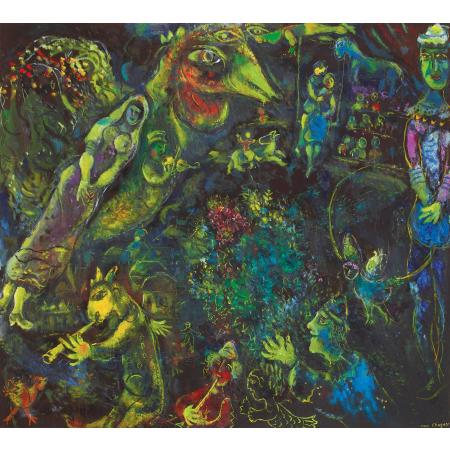
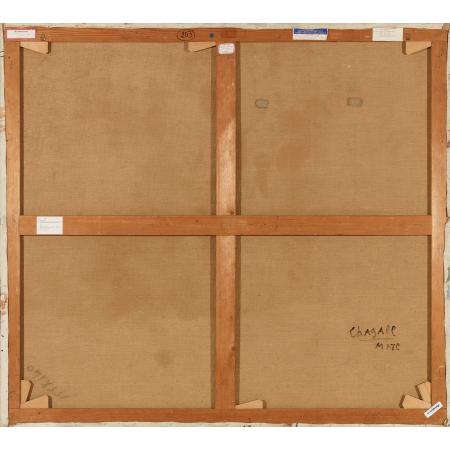

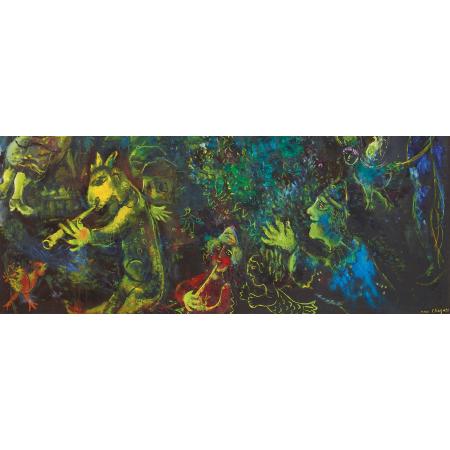

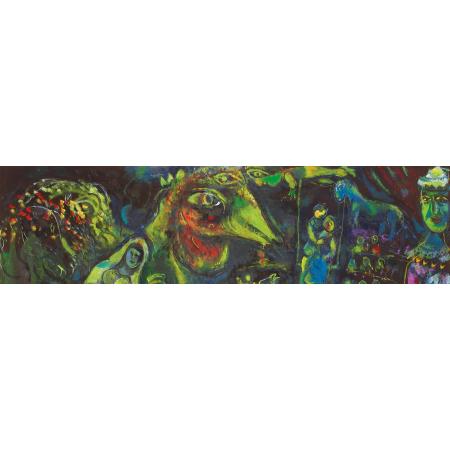

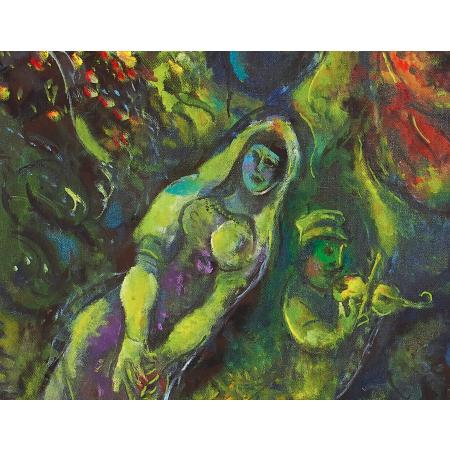
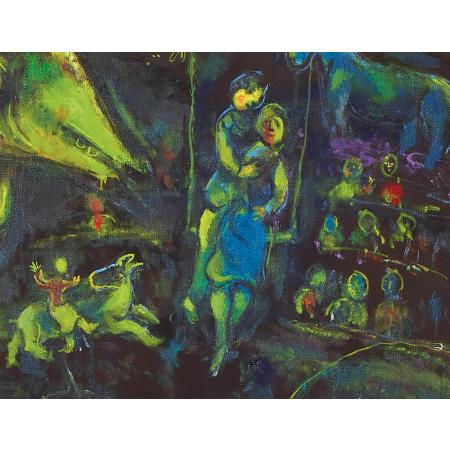
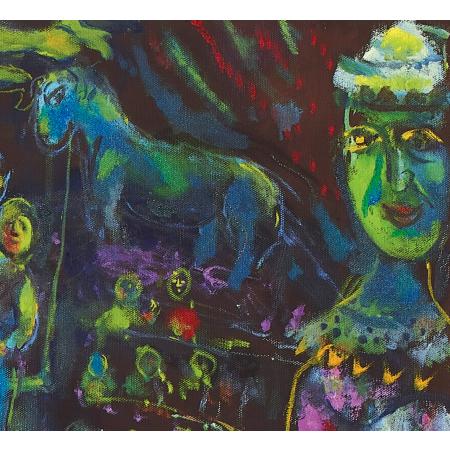
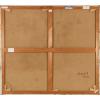

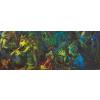
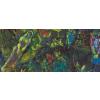
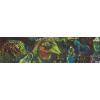
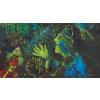
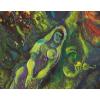

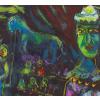


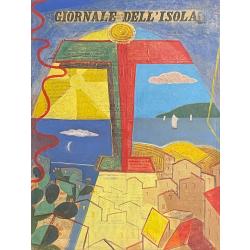
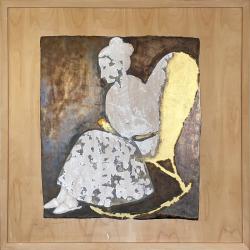

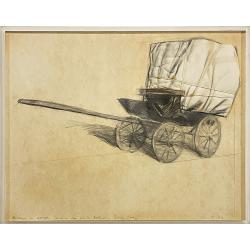
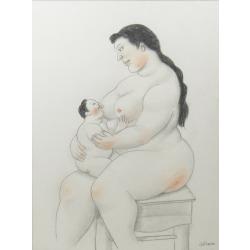
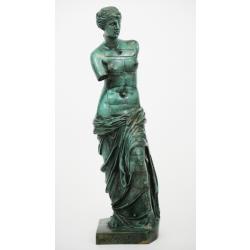
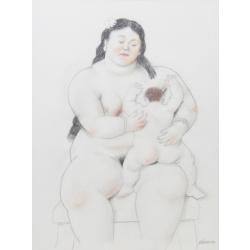
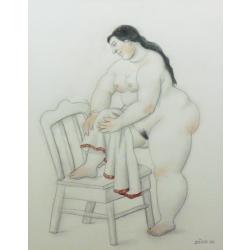
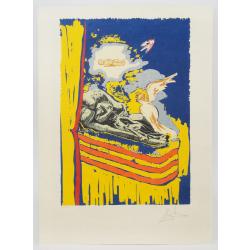
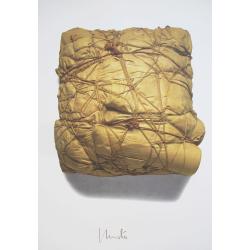
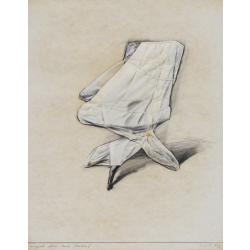
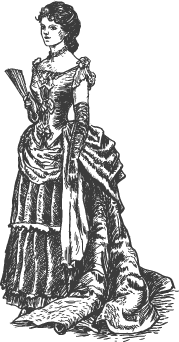






I received the painting and I am very satisfied. Thank you.
Maurizio
I have received the chinese sculpture on time and I believe that the negotiation has been very correct and carried out with mutual satisfaction.
Giovanni
Seriousness and competence; great quality of the articles, which are proposed with beautiful photographs, detailed descriptions, certificate of authenticity and sent professionally. I recommend it to anyone who is a serious fan of art and collectibles.
Alberto
I've made two orders from La Maison De La Petite Sara, and I am happy with my purchases from this shop.
Sara responded to all my inquiries in a timely manner, and I received all my orders well-packaged and without damage.
My orders also arrived very quick.
Grazie and Best Wishes to your Shop Sara!
Kevin
Fast shipping, everything is ok.
Alessandro